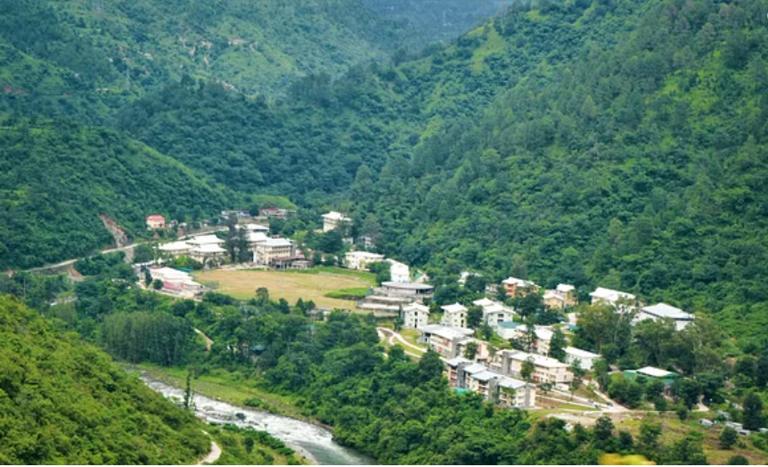An early warning system for tsunamis and underwater earthquakes - powered by artificial intelligence - has been developed by scientists. A team at Cardiff University has been able to monitor the movement of tectonic plates in real time, combining technology such as underwater microphones with AI.

An early warning system for tsunamis and underwater earthquakes - powered by artificial intelligence - has been developed by scientists.
A team at Cardiff University has been able to monitor the movement of tectonic plates in real time, combining technology such as underwater microphones with AI. Experts have already used sound recordings to detect 200 earthquakes in the Pacific and Indian Ocean.
Dr Usama Kadri, the study's co-author and senior lecturer in Applied Mathematics at Cardiff University, said: "Our study demonstrates how to obtain fast and reliable information about the size and scale of tsunamis by monitoring acoustic-gravity waves.
"[They] travel through the water much faster than tsunami waves, enabling more time for evacuation of locations before landfall". Acoustic-gravity waves are sound waves that move through the deep ocean at the speed of sound. They can be generated by underwater earthquakes, explosions and landslides - which can all cause tsunamis. The new system uses the underwater microphone, or hydraphone, recordings and a "computational model" to triangulate the source of the tectonic event, even thousands of kilometres away.
Mr Kadri and his partner, Dr Bernabe Gomez Perez, currently have 11 hydrophones in the sea around the world. He told us that with 24 they would be able to monitor the entire globe. Existing warning systems rely on waves reaching sea buoys and seismic sensors to trigger tsunami warnings.
This leaves little time for evacuation, in a situation when a few minutes extra could be the difference between life or death. However, they are not always accurate in predicting the danger posed by resulting tsunamis.
Speaking to Sky News, Mr Kadri said: "The current system doesn't calculate in real time and doesn't have any real tools to measure the tsunami - and due to the proximity of the buoys to the shore, it's often too late.
"In the case of the tsunami in Sri Lanka [Indian Ocean] in 2004, hypothetically we could have given people 65 minutes to evacuate. That's the possibility to save almost every life."
"Once the wave hits the hydrophones, the calculations take approximately 17 seconds. Even we were surprised at the speed." He explained that their system is designed to work in tandem with existing systems, with both acting as checks and balances for the other.
The algorithms of the new system can classify the earthquake's 'slip type' and magnitude, before analysing the earthquake's properties, like length and width, uplift speed, and duration.
This can be used to find out the actual size of the tsunami. Co-author Dr Gomez Perez, who is now at the University of California in Los Angeles, said: "Tectonic events with a strong vertical slip element are more likely to raise or lower the water column compared to horizontal slip elements.
"So, knowing the slip type at the early stages of the assessment can reduce false alarms and complement and enhance the reliability of the warning systems through independent cross-validation." Mr Kadri said any false alarms could shut down businesses and ports - with a significant financial impact. "People lose confidence in the system if you are crying wolf. Then when it's real, people won't leave," he added.
The team have been meeting with the UNESCO oceanographic commission to discuss opportunities to use the technology in disaster prevention. Portugal, famed for its huge waves, was particularly interested in the insights it could offer. The team's work predicting tsunami risk is part of a long-running project to enhance natural hazard warning systems across the globe.
Sources:
Sky news
Provided by the IKCEST Disaster Risk Reduction Knowledge Service System
Comment list ( 0 )
